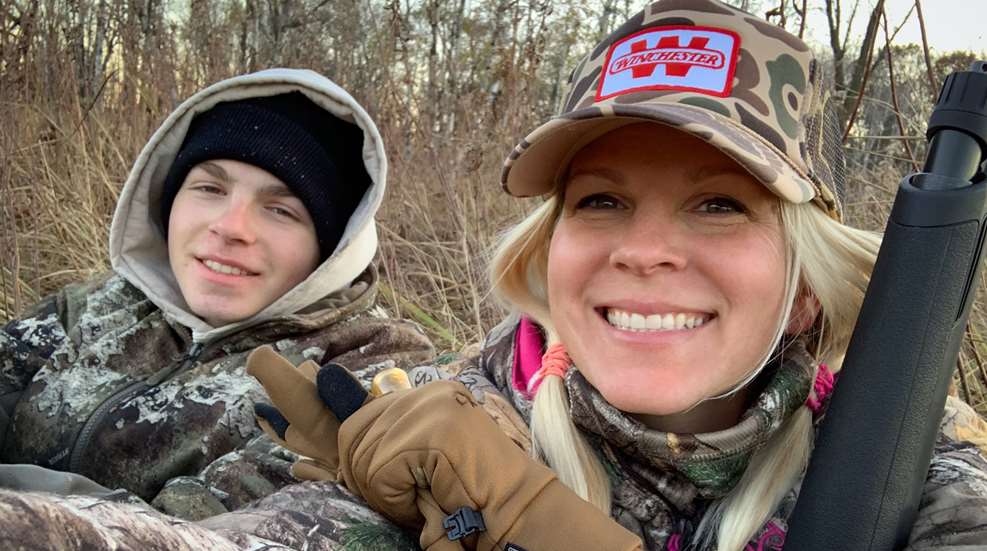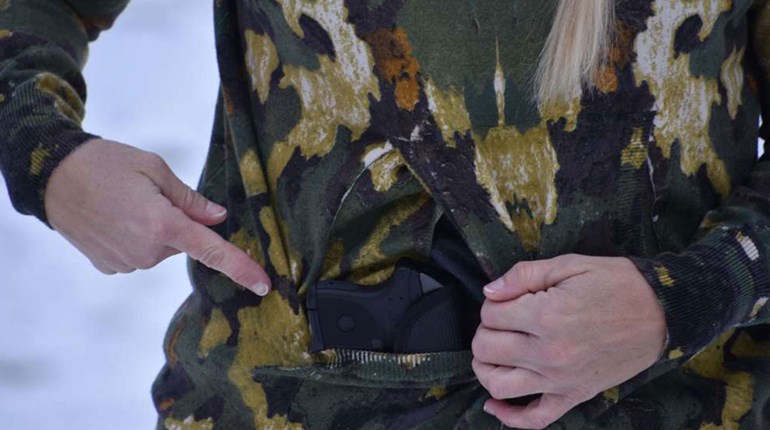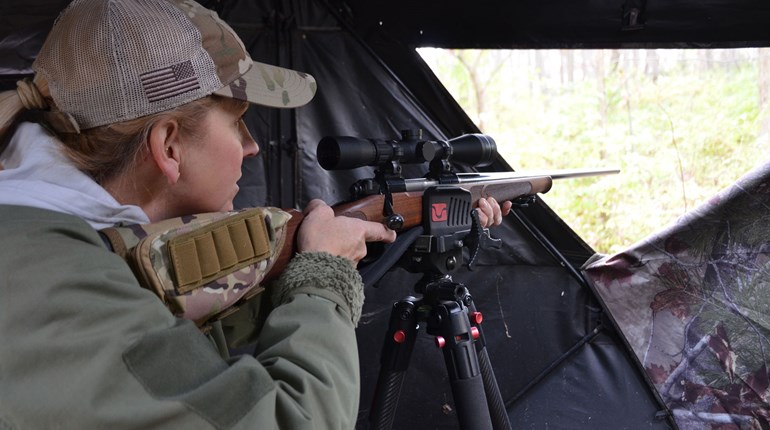
While it’s in every mother’s nature to nurture and protect her family, some of us have a different approach when it comes to feeding our families. Not everyone grows up with the opportunity to hunt and use natural resources as a source of food. But we should at least all understand why it’s a legitimate means of acquiring healthy, sustainable food.
Hunting and Gathering
Women are often the primary gatherers for their families, which usually means grocery shopping. Our ancestors would have gathered by hunting and gardening. We’re fortunate to have access to stores and farms capable of producing the food we need. But if that access were to disappear, if we were to face a food shortage, famine or long-term supply chain issues, we had better have developed some additional streams of food gathering.
Hunting for food has advantages over gardening in that land and the time it takes to grow food is not accessible to everyone. But the availability of public hunting land means every American has access to hunting as a way to obtain healthy protein. Consider it diversifying your methods of obtaining food. Hunters usually have one or more freezers full of good meat. This means easier meal planning and less strain on the grocery budget for protein.

Don’t know what to do with wild game?
Even if you’ve never cooked wild game, you don’t need to fear hunting! Recipes, blogs and advice from others already involved in the endeavor are a great resource. I really like seeing recipes from some of my favorite hunters on Instagram.
Not every wild game meal requires a lot of preparation. Slow cooker meals are a great way to use cuts of meat you might otherwise overlook. Have a child who likes pot pies? You can fill them with everything from pheasant or duck, to squirrel and rabbit. Maybe you’ve never experienced a venison backstrap rolled in steak seasoning and broiled like a bougie beef tenderloin; it’s heaven with mashed potatoes! Venison Wellington is another great recipe. Lean, healthy, sustainable meat. It’s there for the taking!
Don’t know how to go hunting?
If you’ve never hunted, start by investigating your state DNR (Department of Natural Resources) website. There you will find the rules on hunter safety and what’s required before you hunt. Maybe you don’t want to hunt with a firearm, but choose bow, crossbow, or even snares and trapping (trapping usually requires a separate license).
Look at public-land hunting information. The U.S. Department of the Interior has a page with information on what types of land on which you can hunt, where to find that information, and how hunters contribute millions to conservation through the purchase of licenses.
Also, consider your local county extension and DNR offices when looking for places to hunt. Some keep contact info for local farmers or landowners who will allow hunters on their land to help decrease damage to crops and trees. Not all landowners want to hunt, but some want to see the game that needs to be harvested, taken by those who would use it.
Check with your state DNR to learn if your state has mentored hunts. Often new or first-time hunters can be mentored without taking Hunter Safety, to see if they like it. Most states now have online Hunter Safety courses and require a simple “field day” to confirm your firearm handling and safety skills.
Basics you need to go hunt:
- Hunter Safety certification or legally mentored hunt (check your state regs)
- License
- Hunting tool: gun, bow, crossbow, traps or snares
- Desire to diversify your skills
- Place to hunt
Just go do it!
Don’t let the fact that you have never hunted turn you away from this viable resource to grass-fed, sustainable protein for your family! Ask those you know who already hunt to mentor you. Call your dad or grandpa and tell them you want to tag along. Call your grandma or girlfriend who hunts and ask to go with them. Don’t be afraid to try hunting and experience the satisfaction of being part of conservation and management of natural resources.
















































